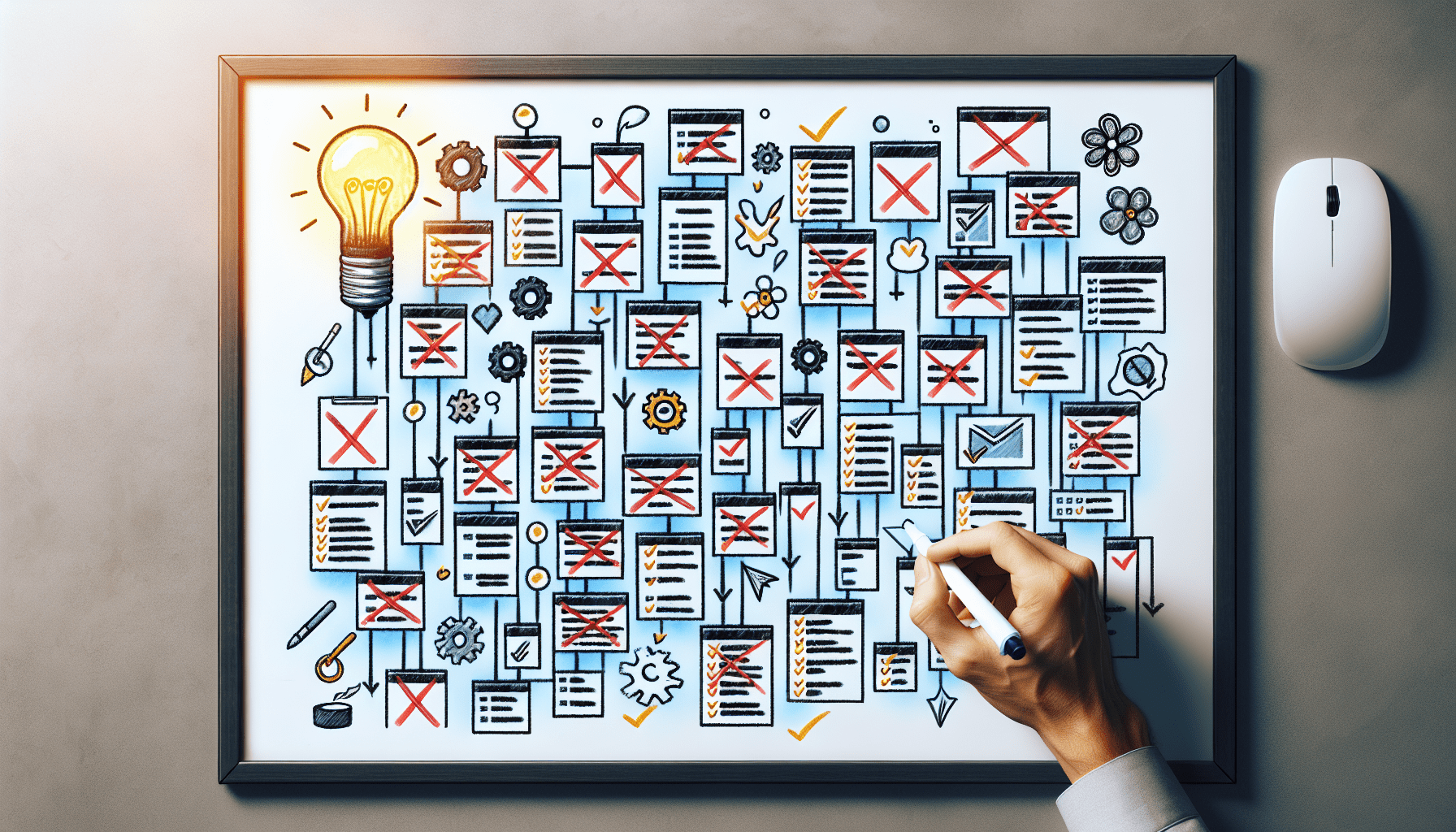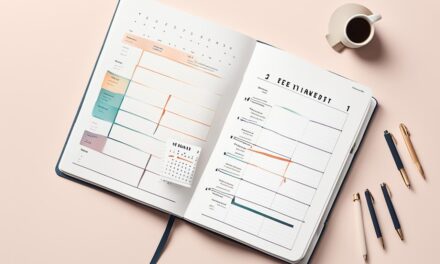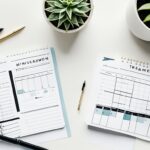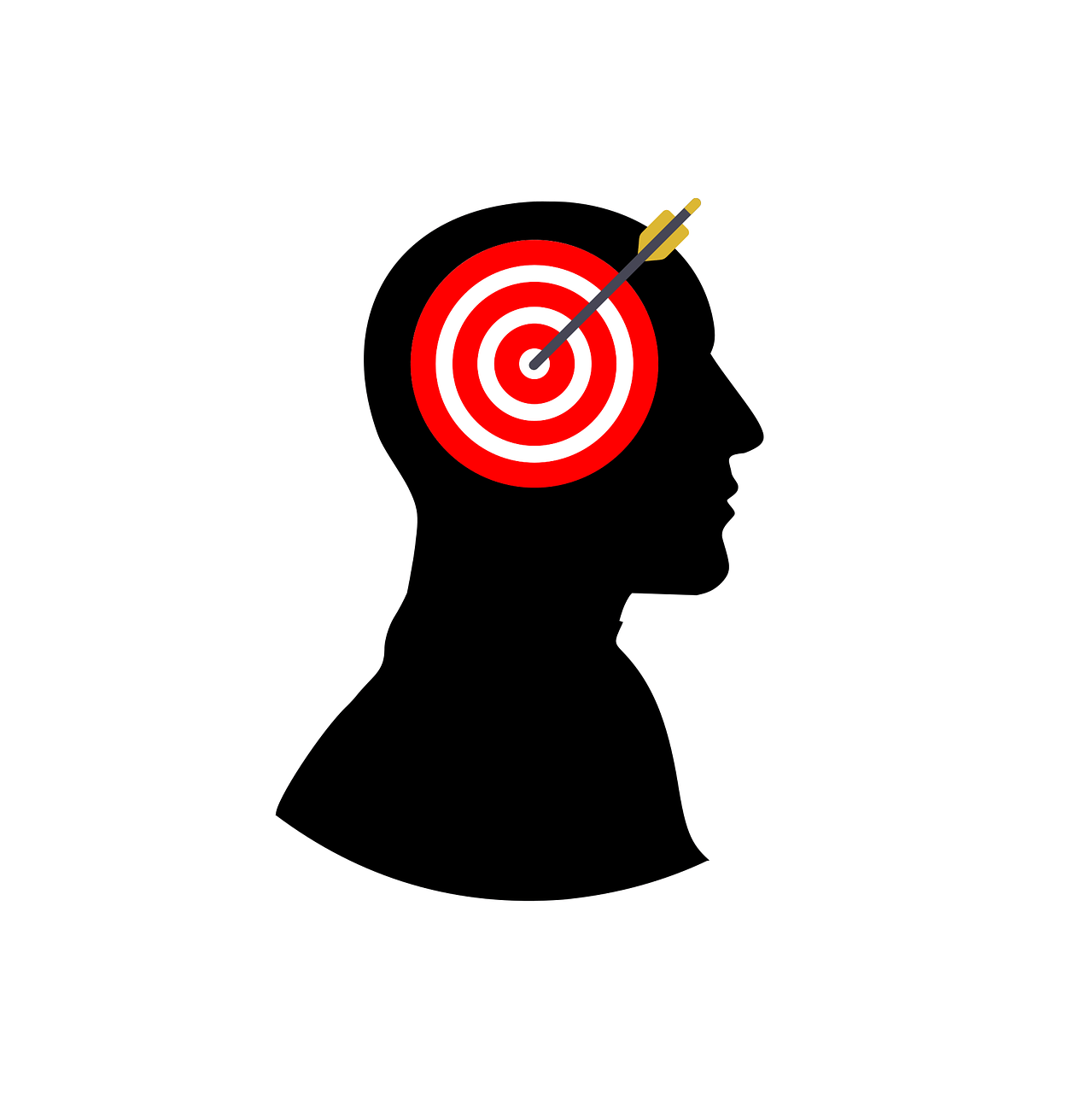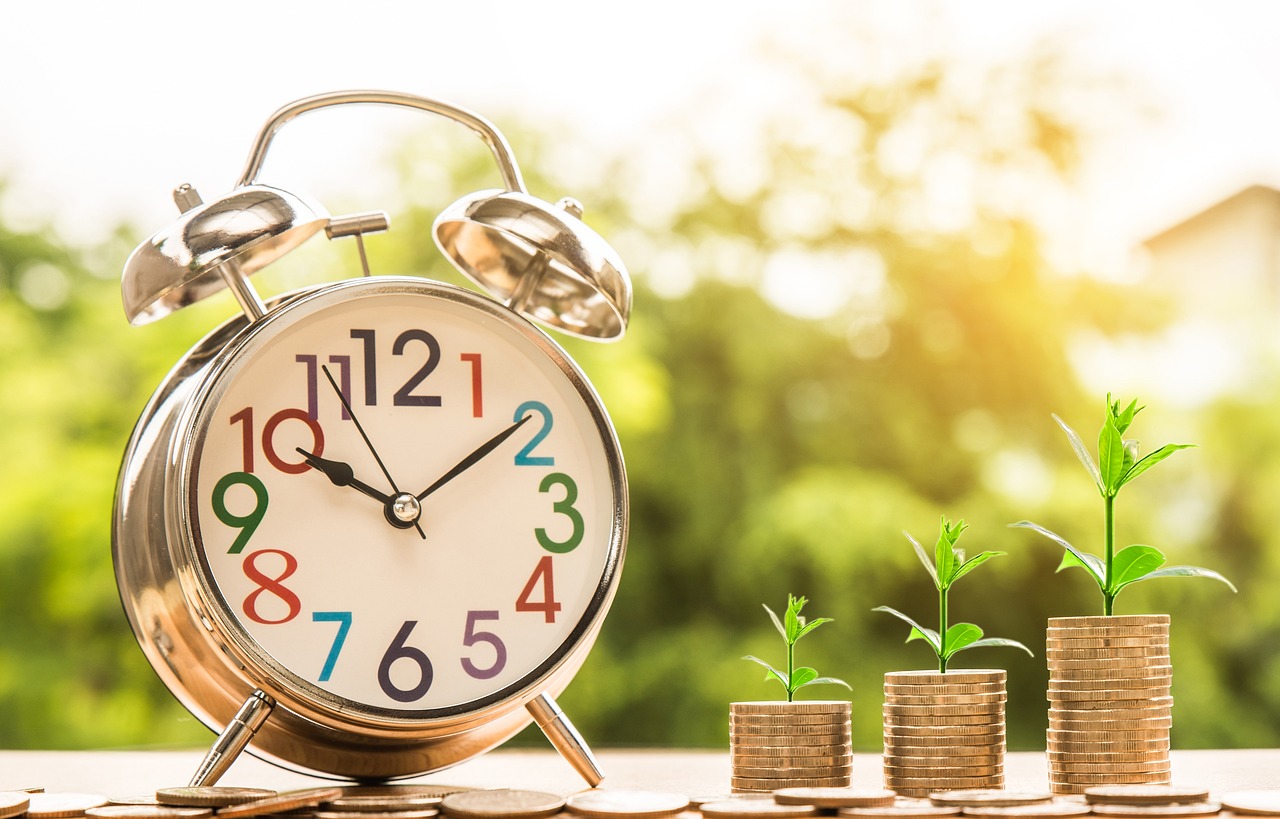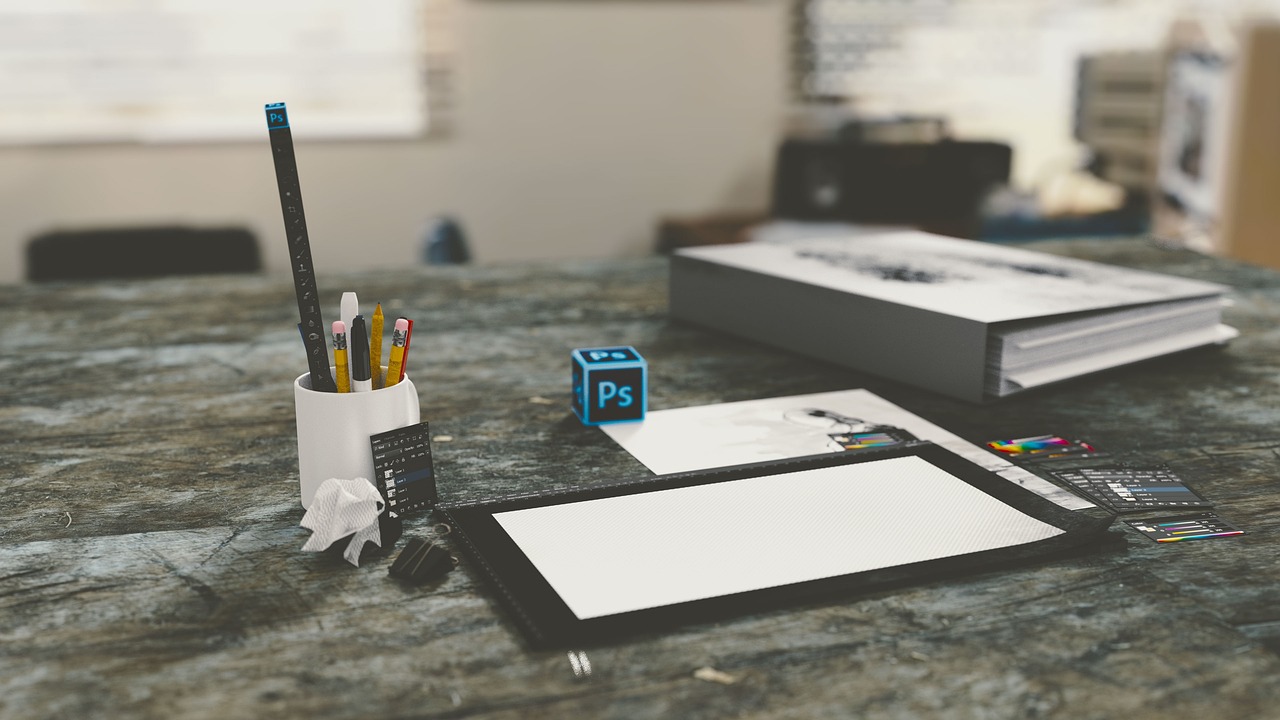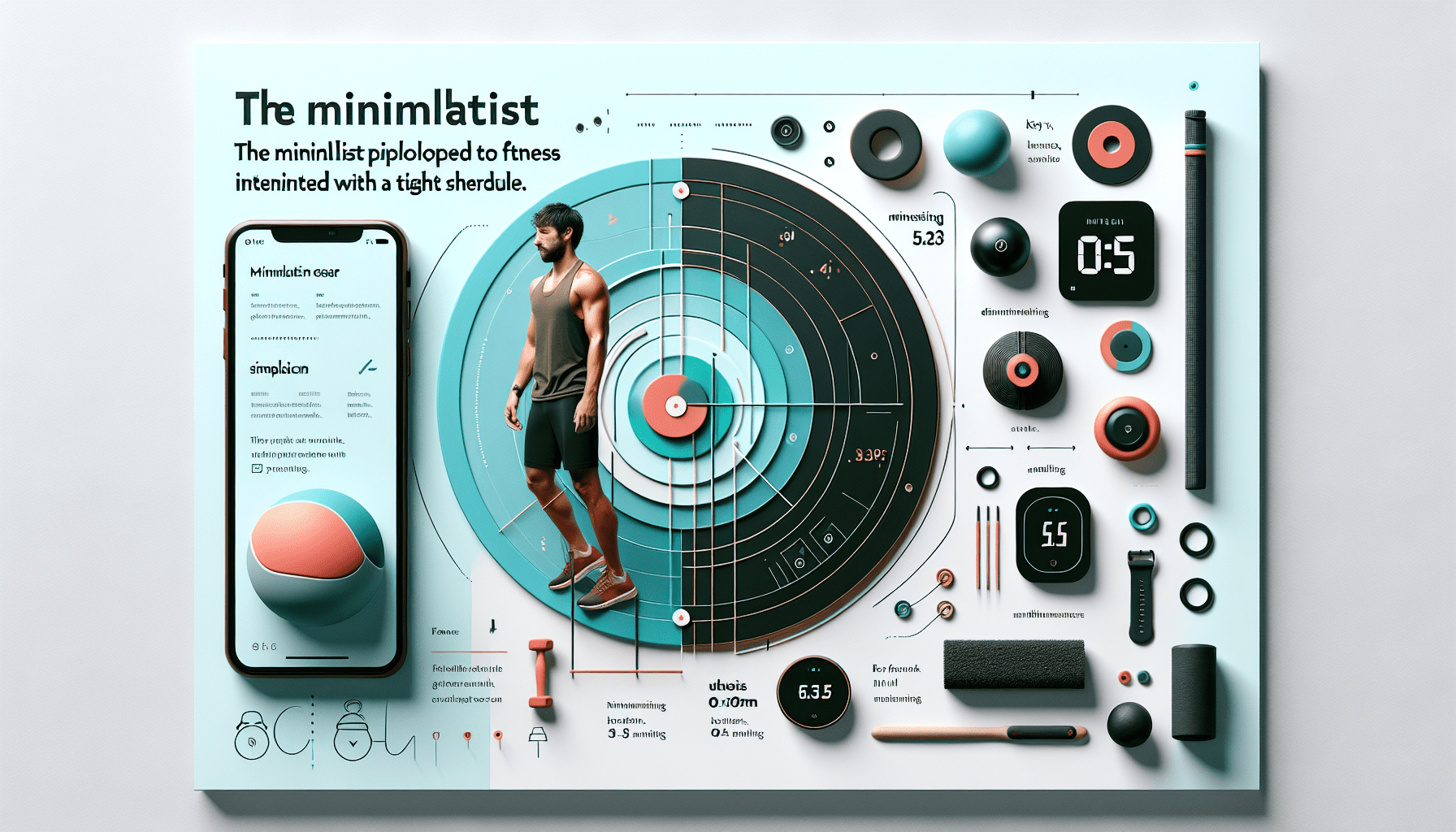
Effective Note-Taking Methods For Productivity And Learning
Looking to boost your productivity and enhance your learning? Look no further than effective note-taking methods. With an array of productivity tools, apps, and techniques available, it’s easy to streamline your workflow and make tasks more manageable. From time management strategies to prioritization methods and even the Pareto Principle, there are endless ways to optimize your productivity. In this article, we dive into the world of note-taking, exploring how it can be a powerful tool for both productivity and learning. So grab your pen and paper, and get ready to take your productivity to new heights!
The Importance of Effective Note-Taking
Taking effective notes is a crucial skill that can enhance both productivity and learning. Whether you are a student trying to absorb information in a lecture or a professional looking to make the most out of a meeting or conference, effective note-taking can significantly impact your comprehension and retention of information.
Enhancing productivity and learning
One of the key benefits of effective note-taking is the boost it provides to productivity. By actively engaging with the material and capturing important points, you are able to absorb and process information more efficiently. This helps you stay focused during lectures or meetings and ensures that you have a comprehensive record of the main concepts and ideas.
Furthermore, effective note-taking supports the learning process. As you engage with the material and organize your thoughts through note-taking, you are actively encoding information into your long-term memory. Studies have shown that taking notes by hand can lead to better understanding and retention compared to typing or simply listening passively.
Improving comprehension and retention
Note-taking acts as a bridge between listening and understanding. It forces you to process information in real-time and actively summarize key points. By paraphrasing and condensing information, you are able to distill complex concepts into more manageable chunks, improving your comprehension.
Moreover, notes serve as a valuable resource for review and revision. In the future, when you revisit your notes, they can serve as a refresher to help consolidate your understanding and reinforce important details. Well-organized and comprehensive notes make it easier to recall information when needed, enhancing your overall retention.
Choosing the Right Note-Taking Method
Choosing the right note-taking method is crucial for maximizing the effectiveness of your notes. Several factors should be considered when selecting a method, including personal preferences and learning style, as well as the nature of the content being learned.
Consider personal preferences and learning style
Everyone has different preferences and learning styles when it comes to processing information. Some individuals may prefer visual aids, while others may prefer a more linear and structured approach. Consider what works best for you and experiment with different methods to find the one that suits your needs.
For visual learners, methods that incorporate diagrams, flowcharts, and mind maps may be more effective. On the other hand, auditory learners may benefit from recording lectures or discussions and later transcribing the key points. Kinesthetic learners may find that a more interactive approach, such as using interactive note-taking apps, works best for them.
Assess the nature of the content being learned
The type of content being learned also plays a role in selecting the appropriate note-taking method. For example, subjects that involve a lot of facts and details, such as history or biology, may benefit from methods that emphasize organization and structure, like the outline method or the Cornell method. On the other hand, subjects that involve complex concepts or relationships, such as philosophy or psychology, may require more visual representation, such as mapping or charting methods.
Traditional Note-Taking Methods
Traditional note-taking methods have been used for decades and have proven to be effective for many individuals. These methods provide structure and organization to your notes, making them easier to review and revise.
The Cornell Method
The Cornell method is a widely used and versatile note-taking system. To use this method, divide your paper into three sections: a narrow left-hand column, a wider right-hand column, and a bottom section for summarizing. In the right-hand column, write your main notes during the lecture or presentation. In the left-hand column, write down key words or questions that relate to the main notes. Finally, in the bottom section, summarize the main points in a concise and coherent manner.
This method encourages active engagement, as it requires you to actively listen, identify key points, and summarize them briefly. Additionally, the Cornell method provides a clear structure for later review, with the left-hand column acting as a cue for prompting your memory and the bottom section serving as a summary.
Outline Method
The outline method is a straightforward and intuitive way to organize your notes. Start by creating a hierarchical structure, with main ideas as the highest level and supporting details as subtopics. As you listen or read, add more specific information under each main idea or subtopic. This method allows for clear organization and easy identification of main concepts and details. It also provides a visual representation of the relationships between different ideas.
Charting Method
The charting method is effective for organizing information in a table or grid format. This method works well for subjects that involve comparisons, lists, or categorizations. Create a table with columns and rows and fill in the relevant information under each category. This method allows for easy visualization and comparison of different elements, making it ideal for subjects like history, science, or literature.
Flowcharting Method
The flowcharting method is particularly useful for understanding processes or sequences of events. Start with a main idea or concept and use arrows and boxes to represent the different steps or components. This method encourages a visual representation of relationships and connections, promoting better understanding and retention of information.
Mapping Method
The mapping method, also known as mind mapping or concept mapping, is a highly visual and flexible method. Begin with a central idea or concept and branch out to connect related ideas or subtopics. Use different colors, images, and symbols to enhance visual stimulation. This method encourages creativity and can help reveal connections and relationships between different concepts.
Digital Note-Taking Methods
With the advent of technology, digital note-taking methods have become increasingly popular. They offer convenience, flexibility, and additional features that traditional methods may lack. Here are a few digital note-taking methods worth considering:
Using note-taking apps
Note-taking apps, such as Evernote, OneNote, or Notion, provide a convenient way to capture, organize, and store your notes digitally. These apps often offer features like synchronization across devices, search functionality, and the ability to attach files or images to your notes. Some apps also allow for handwritten notes using a stylus or your finger, combining the benefits of both traditional and digital note-taking methods.
Annotating PDFs
Annotating PDFs is another useful digital note-taking method, especially for individuals who frequently work with documents or academic papers. With tools like Adobe Acrobat or Notability, you can highlight, underline, or add comments directly on the PDF. This method allows for easy organization and retrieval of information, as well as the ability to export or share annotated PDFs with others.
Organizing notes with tags or folders
Digital note-taking also offers the advantage of easy organization using tags or folders. By categorizing your notes with relevant tags or placing them in specific folders, you can quickly locate specific information when needed. This method eliminates the need for physical storage and allows for efficient navigation through your notes.
Effective Note-Taking Strategies
In addition to selecting the appropriate note-taking method, employing effective strategies can further enhance the quality and impact of your notes. Here are some strategies to consider:
Active listening and summarizing
Actively engage with the material by listening attentively and identifying key points. Summarize the main ideas in your own words, focusing on clarity and conciseness. By actively processing and summarizing information, you are more likely to understand and retain it.
Using abbreviations and symbols
Develop a system of abbreviations and symbols to use in your notes. This can help save time and space when taking notes, allowing you to capture key ideas more efficiently. Be consistent with your symbols and abbreviations so that they become second nature.
Structuring notes with headings and subheadings
Use headings and subheadings to create a clear and organized structure in your notes. This makes it easier to locate specific information when reviewing or revising. Headings also provide a visual cue that can aid in memory retrieval.
Highlighting important information
Use highlighting or color coding to emphasize important information. This technique helps draw attention to key concepts or details, making it easier to find critical information during review sessions. However, be mindful not to overuse highlighting, as too much can make the text visually overwhelming.
Including personal insights and connections
Engage with the material on a deeper level by incorporating your personal insights and connections in your notes. This not only helps you make meaningful connections between different ideas but also provides a unique perspective that can aid in understanding and retention.
Note-Taking Techniques for Different Learning Styles
People learn in different ways, and understanding your learning style can help you tailor your note-taking techniques accordingly. Here are some note-taking techniques for different learning styles:
Visual learners
Visual learners benefit from visual aids and representations. Utilize methods like mind maps, charts, diagrams, or color coding to convey information visually. This allows for better organization and comprehension of complex concepts.
Auditory learners
Auditory learners retain information best through listening and speaking. Consider recording lectures or discussions to review later. Transcribing key points from these recordings can also help reinforce understanding.
Kinesthetic learners
Kinesthetic learners learn best through hands-on activities and physical engagement. Incorporate tactile elements in your note-taking, such as using interactive note-taking apps that allow you to write or draw with a stylus. Taking notes while standing, walking, or using gestures can also aid in retention.
Tips for Reviewing and Revising Notes
Reviewing and revising your notes is essential for reinforcing your learning and preparing for exams or important tasks. Here are some tips to optimize your review and revision process:
Reviewing notes regularly
Schedule regular review sessions to refresh your memory and reinforce the information. Consistent and frequent review prevents the build-up of overwhelming amounts of information and ensures that you are continuously engaged with the material.
Using color coding or highlighting for emphasis
When reviewing your notes, use color coding or highlighting to emphasize important concepts or themes. This visual method helps direct your attention to key information and aids in organizing and understanding the material.
Summarizing and condensing information
As you review, practice summarizing and condensing the information in your notes. Try to capture the main ideas and details as concisely as possible. This exercise helps reinforce understanding and facilitates memory retrieval.
Making connections between different sets of notes
When reviewing multiple sets of notes, actively seek connections and relationships between different subjects or topics. Look for overarching themes or commonalities that can help you synthesize information and create a more comprehensive understanding.
Integrating Note-Taking into Productivity Tools and Techniques
Note-taking can be integrated into various productivity tools and techniques to streamline workflows and enhance task management. Here are some ways to integrate note-taking into your productivity arsenal:
Using note-taking apps in conjunction with task management tools
Pair your note-taking app with a task management tool, such as Todoist or Trello, to create a seamless workflow. When attending a meeting or conference, create tasks or action items directly from your notes and assign due dates or priorities. This integration ensures that important information is not overlooked and helps you stay organized.
Linking notes to specific projects or tasks
Within your notes, include hyperlinks or references to specific projects or tasks. This allows for easy navigation between relevant information and fosters a holistic view of your work. Linking your notes to specific projects or tasks helps you maintain context and ensures that you have all the necessary information readily available.
Employing the Pomodoro Technique for focused note-taking sessions
The Pomodoro Technique, a time management method that involves working in focused intervals followed by short breaks, can be applied to note-taking sessions. Set a timer for a designated period, such as 25 minutes, and immerse yourself in note-taking without distractions. Take a short break, then resume for another interval. This technique helps maintain focus and prevent burnout during prolonged note-taking sessions.
Overcoming Common Challenges in Note-Taking
Note-taking, like any skill, comes with its own set of challenges. Here are some common challenges and strategies to overcome them:
Neatness and organization
Maintaining neatness and organization in your notes can be challenging, especially when you are trying to capture information in real-time. Develop a shorthand or abbreviation system that works for you, and practice writing quickly while still maintaining legibility. Consider using digital note-taking methods that offer tools for formatting and organizing your notes.
Avoiding over-reliance on verbatim recording
A common pitfall in note-taking is the tendency to rely too heavily on verbatim recording. Instead of mindlessly transcribing everything, focus on understanding the main ideas and key concepts. Use your own words to summarize the information, as this promotes better comprehension and retention.
Managing distractions during note-taking
In today’s digital age, distractions are abundant. To maintain focus during note-taking, create a conducive environment by eliminating unnecessary distractions. Turn off notifications on your phone or use dedicated note-taking apps that limit distractions. Find a quiet and comfortable space where you can concentrate without interruptions.
Experimenting and Adapting Note-Taking Methods
Remember that note-taking is a personal process, and what works for one individual may not work for another. It is essential to experiment with different methods and techniques to find what suits your learning style and preferences best. Be open to adapting and refining your note-taking methods based on personal feedback and insights. By continuously refining your approach, you can optimize your note-taking process and maximize its effectiveness.
In conclusion, effective note-taking is a valuable skill that enhances productivity and promotes better learning. By choosing the right note-taking method, employing effective strategies, and incorporating note-taking into productivity tools and techniques, you can optimize your learning and retention of information. Overcoming challenges, experimenting with different methods, and adapting your approach will allow you to continually improve your note-taking skills and achieve greater success in your academic and professional endeavors. So grab your pen and notebook, or fire up your favorite note-taking app, and embark on a journey of effective note-taking for productivity and learning.


